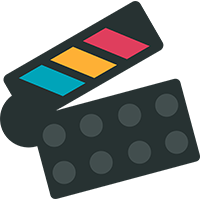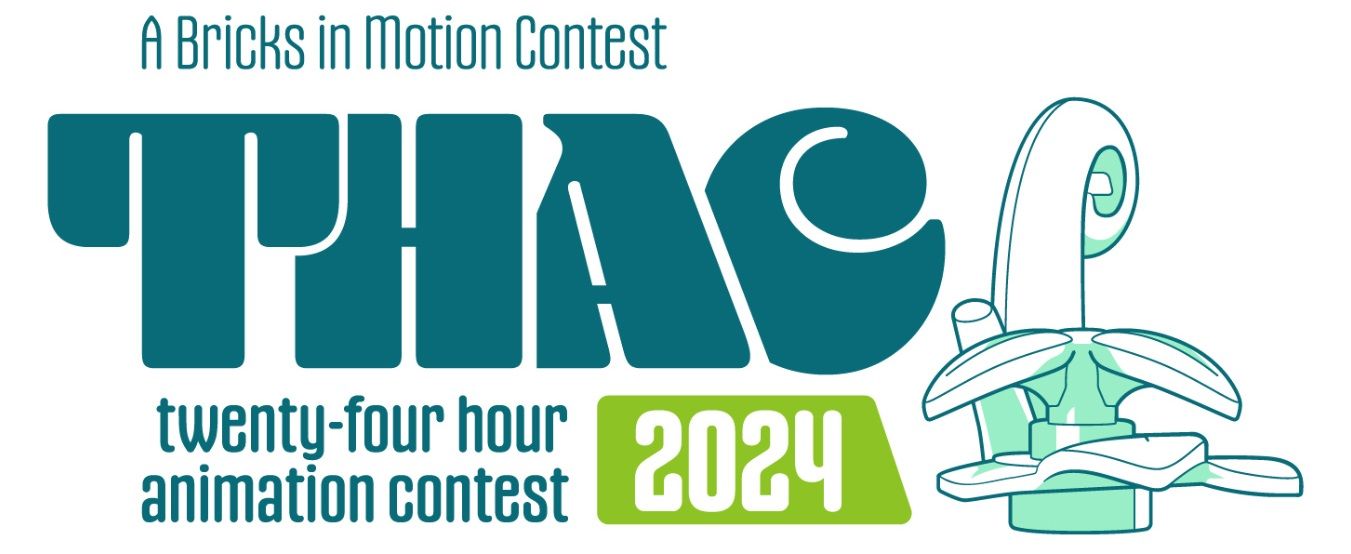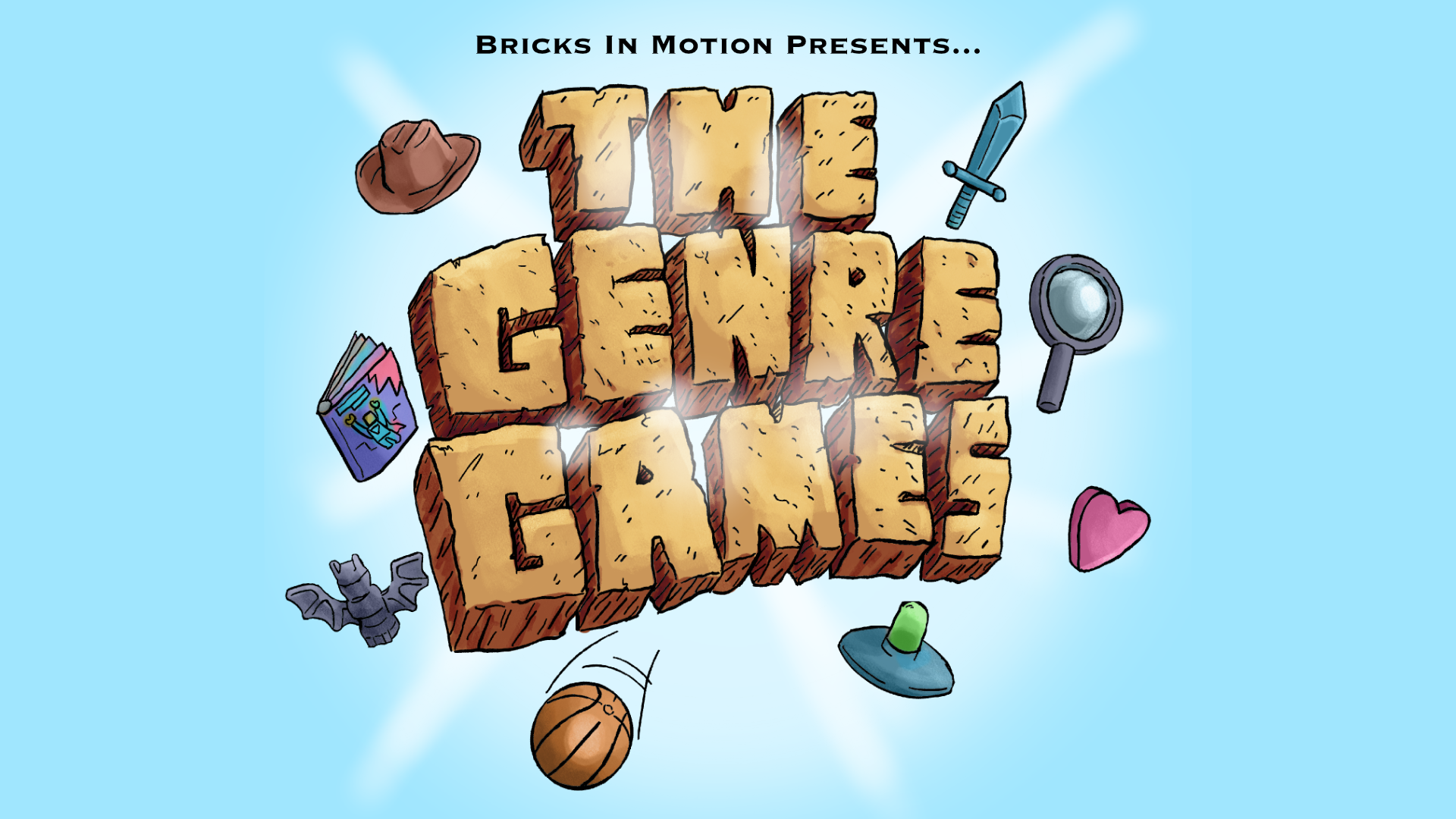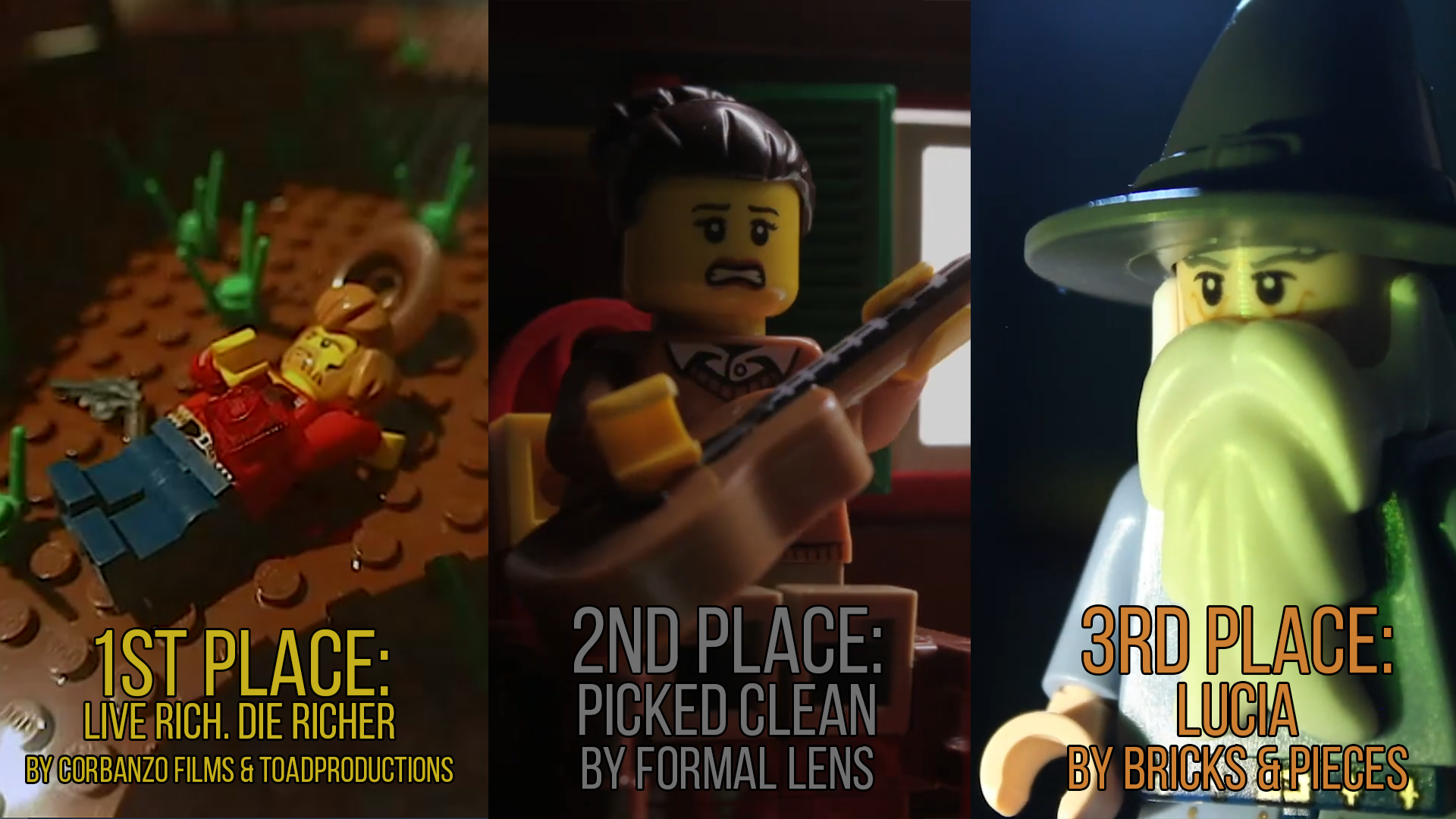Topic: Filming AFTER you have the audio?
I honestly wasn't sure if this went in audio, or production since its doing both.
Anyway, I heard and always have, but filming after you have the voice acting and audio etc.
So it would be nice if these were answered.
1. Why is this better for one?
2. Do most people do it?
3. Is it easy to do or hard as it seems?
4. Is there a video showing how to do this right?
5. What benefits are of this?
6. A good software for this?
I honestly did my best to avoid this in films, but I figured I want to improve and usually my audio seems to just never be right. I would love to have these answered since I generally thought all this, I film at 15fps and did the audio after and matched it with the film.









